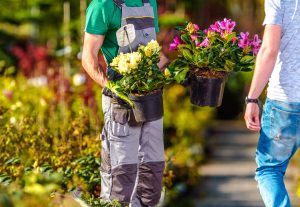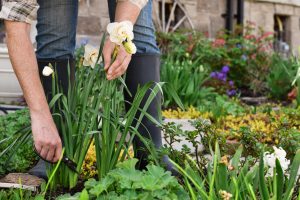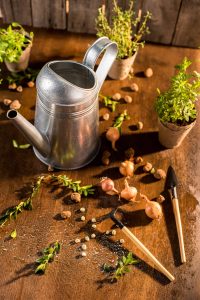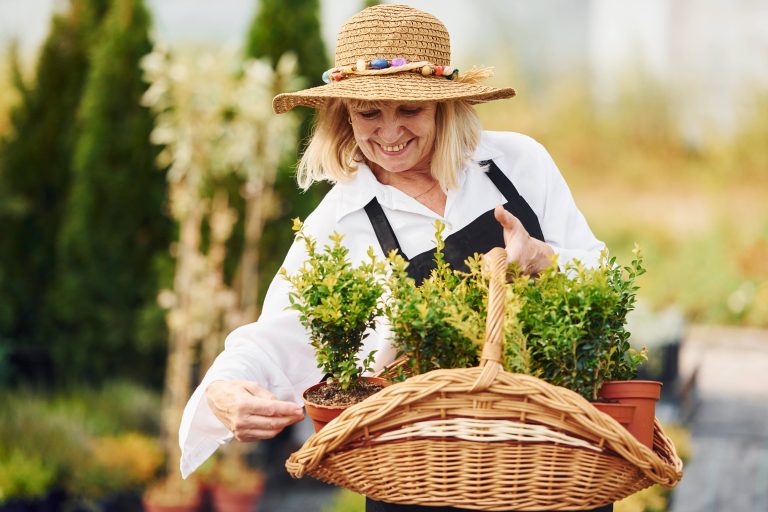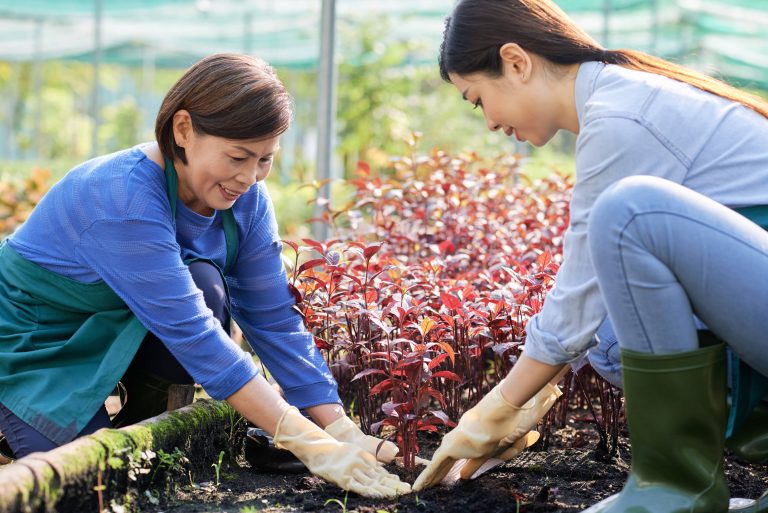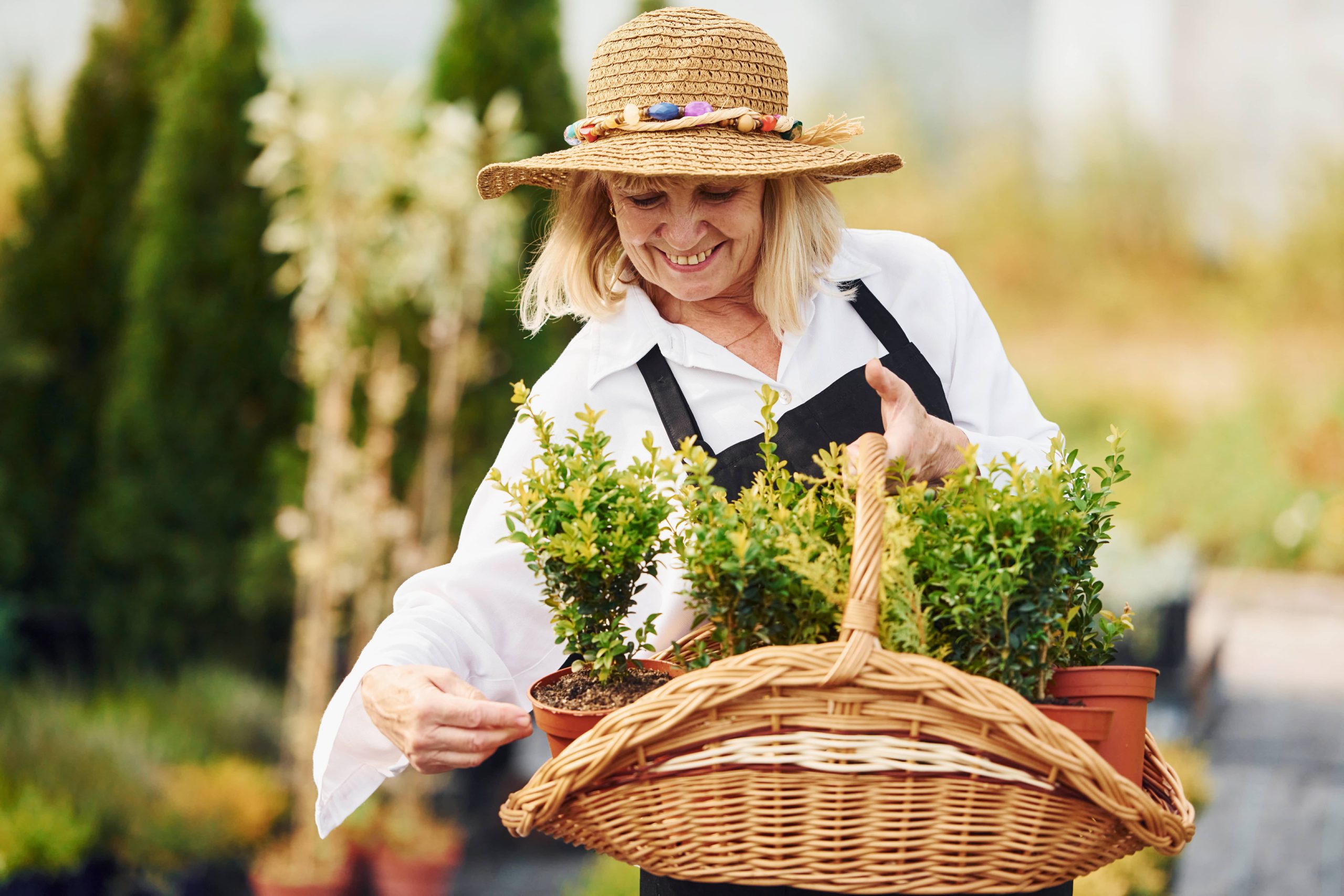
Gardening, at its core, is an art that blends patience, dedication, and love for nature. Whether you’re transforming your backyard into a floral masterpiece or growing your organic vegetable patch, the secret lies in using the right tools. Choosing appropriate tools not only enhances productivity but also ensures a pleasurable gardening experience. In this post, we will delve into the fundamental tools every gardener should consider and how each can be a game-changer in your gardening journey.
Understanding Your Needs
Before you start investing in gardening tools, it’s crucial to assess your specific gardening needs. Do you have a small balcony garden, or are you maintaining a large patch of land? Are you focusing on flowers, vegetables, or a mix of both? Understanding the scope and nature of your gardening endeavor will guide you in selecting the appropriate tools. Ultimately, the tools you choose should cater precisely to the plants you are nurturing and the space you are cultivating.
Essential Tools for Every Gardener
1. Hand Trowel
A hand trowel is arguably the most versatile tool in a gardener’s arsenal. It’s perfect for digging small holes, planting, transplanting, and even weeding. When selecting a hand trowel, opt for one with an ergonomically designed handle for comfort during use, especially if you find yourself spending long hours in the garden.
2. Pruning Shears (Secateurs)
For maintaining the health and aesthetics of your plants, pruning shears are indispensable. These tools help in cutting back overgrown branches, removing dead or damaged foliage, and shaping plants. High-quality pruning shears have sharp, durable blades that make clean cuts, preventing damage to plants. There are several types, including bypass, anvil, and ratchet pruners – each serving specific tasks.
3. Garden Fork
Garden forks are ideal for turning soil, aerating beds, and working organic matter or fertilizers into the garden. They are particularly useful in compact or clay-heavy soils where they can penetrate more easily than a spade. Look for a fork with sturdy tines, as they need to withstand significant pressure.
4. Rake
Rakes are essential for leveling soil, gathering leaves, and removing debris. There are different types, such as leaf rakes with long, flexible tines for lightweight tasks and bow rakes with shorter, rigid tines for more robust soil work. Depending on your garden’s layout and debris load, you might need both types.
5. Hoes
A hoe is crucial for preparing garden beds and controlling weeds. The flat blade makes it possible to chop roots and stir the top layer of soil. There are several kinds, including the stirrup, scuffle, and draw hoes, each serving different purposes. A draw hoe, for example, is ideal for creating shallow trenches for seeds.
6. Watering Can or Garden Hose
Watering your plants efficiently is essential for their growth and vitality. A watering can is ideal for more delicate plants and indoor gardening. In contrast, a garden hose is suitable for larger areas. For hoses, consider those with adjustable spray nozzles or invest in a soaker hose for slow, steady irrigation.
Specialized Tools for the Avid Gardener
As your garden grows, you may find the need for more specialized tools.
1. Loppers
For thicker branches that are difficult to cut with pruning shears, loppers are invaluable. They provide greater leverage with their long handles, making it easier to reach higher branches or penetrate thicker foliage.
2. Wheelbarrow
A wheelbarrow is necessary when moving large amounts of soil, mulch, or plant materials across the garden. Choose one with a sturdy wheel and ergonomic handles, which make transporting heavy loads less strenuous.
3. Soil Knife (Hori Hori)
A soil knife is an incredibly versatile tool, ideal for cutting through tough roots, dividing perennials, and even acting as a measuring device for planting depths. Its blade is usually serrated on one side, making it a must-have for dedicated gardeners.
Maintenance of Tools
Investing in quality tools is only the beginning; maintaining them properly extends their life and effectiveness. Clean your tools after each use to prevent rust and disease transmission. Sharpen blades regularly to ensure clean cuts, and oil any moving parts to keep them functioning smoothly.
Budgeting and Quality
When budgeting for gardening tools, quality should never be compromised. Low-quality tools may be cheaper initially but will wear out quickly and could even damage your plants. Consider tools made from stainless steel for their durability and rust resistance. Also, ergonomic designs can prevent strain, ensuring that gardening remains an enjoyable activity.
Conclusion
Selecting the appropriate gardening tools is more than a practical decision—it’s an investment in your gardening success. Whether you’re a novice or a seasoned gardener, the right tools save time, increase effectiveness, and enhance the overall pleasure of tending to your garden. As you cultivate your outdoor oasis, remember that your tools are your silent partners, helping you to nurture, shape, and grow your piece of paradise. Happy gardening!

